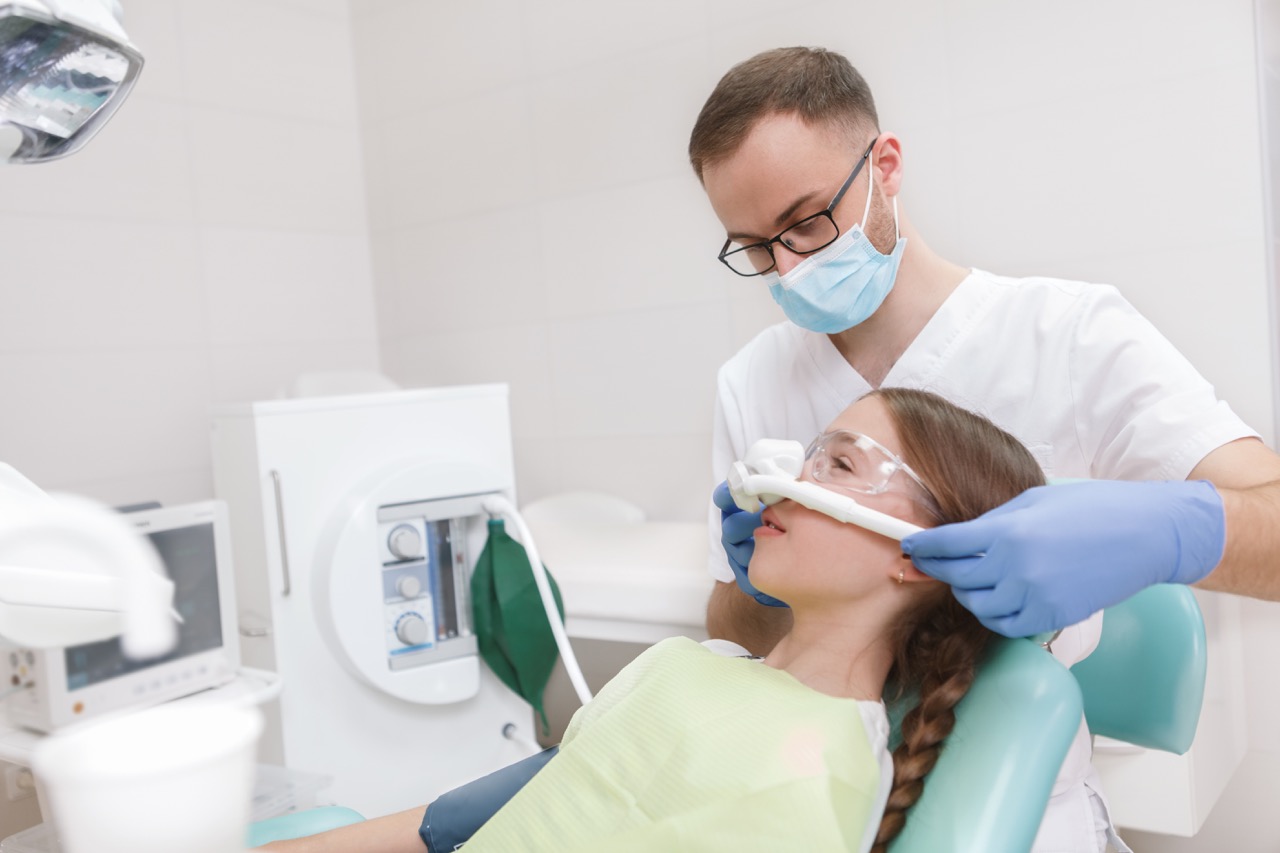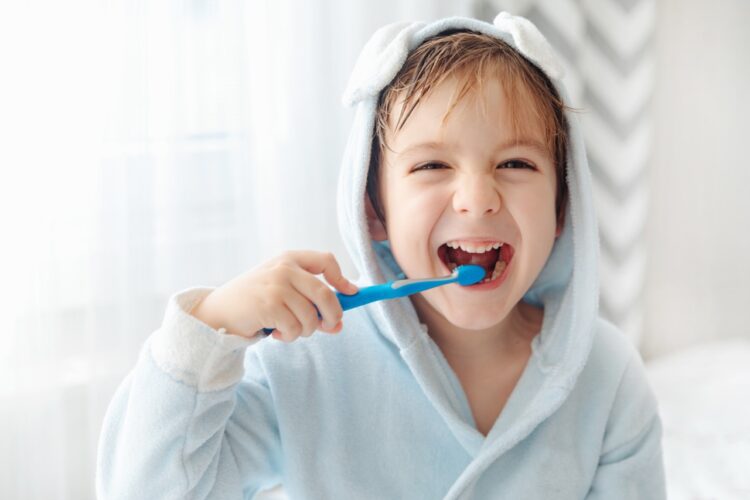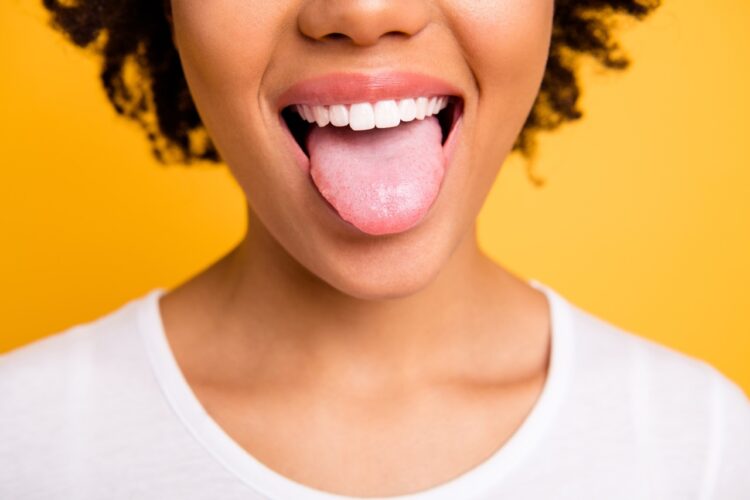If your child is scheduled to have a dental procedure done, you may be wondering if they will need sedation. Sedation is commonly used in pediatric dentistry, and there are several different types of sedatives that can be used. Some children feel anxious or scared about going to the dentist, and sedation can help make them feel more comfortable. In this blog post, we will discuss the different types of sedatives that are used in pediatric dentistry, as well as their side effects and safety precautions.
Types of Sedation
Nitrous Oxide
The most common type of sedation used in pediatric dentistry is nitrous oxide, also known as laughing gas. Nitrous oxide is a gas that is inhaled through a mask, and it works to relax the patient. The side effects of nitrous oxide include dizziness and nausea, but these typically go away once the gas is no longer being inhaled. Nitrous oxide is safe for both children and adults, and it is often the sedative of choice for pediatric dental procedures.
General Anesthesia
General anesthesia is another type of sedation that can be used for pediatric dental procedures. With general anesthesia, the patient is put into a deep sleep using medication. This type of sedation is usually only used for more invasive procedures, such as extractions or surgery. The side effects of general anesthesia include dizziness, nausea, and vomiting. General anesthesia is safe for both children and adults, but it should only be used when necessary.
Oral Sedation
Oral sedation is another type of sedation that can be used in pediatric dentistry. Oral sedation involves taking a pill before the dental procedure, which will make the child feel drowsy and relaxed. The side effects of oral sedation include dizziness and confusion, and the child may not be able to remember the procedure after they wake up. Oral sedation is safe for most children, but it is important to talk to your pediatric dentist about whether or not it is right for your child.
Is Dental Sedation Safe for Your Child?
Dental sedation is generally safe for both children and adults. However, it is important to talk to your pediatric dentist about whether or not sedation is right for your child. There are some risks associated with sedation, such as dizziness and nausea, but these typically go away once the procedure is over. If you have any concerns about dental sedation, be sure to discuss them with your pediatric dentist.
Dental sedation is considered safe for most children. However, as with any medical procedure, there are some risks associated with sedation. The most common side effects of dental sedation include dizziness and nausea. These side effects typically go away once the procedure is over. In rare cases, more serious side effects can occur, such as low blood pressure or an irregular heartbeat. If you have any concerns about dental sedation, be sure to discuss them with your pediatric dentist.
Potential Side Effects of Dental Sedation
Dental sedation is considered safe for most children. However, as with any medical procedure, there are some risks associated with sedation. The most common side effects of dental sedation include dizziness and nausea. These side effects typically go away once the procedure is over. In rare cases, more serious side effects can occur, such as low blood pressure or an irregular heartbeat.
While serious side effects are rare, here is a list of the possible effects that your child may have under sedation.
- Dizziness
- Nausea
- Vomiting
- Drowsiness
- Confusion
- Irregular heartbeat
- Low blood pressure
If you have any concerns about dental sedation, be sure to discuss them with your pediatric dentist. Dental sedation is considered safe for most children. However, as with any medical procedure, there are some risks associated with sedation.
Your Kids Will be Taken Care of At Timpanogos Pediatric Dentistry
At Timpanogos Pediatric Dentistry, we have a board-certified anesthesiologist assistant on staff who is trained and experienced in administering sedation. This ensures that your child will be safe and comfortable during their dental procedure. If you have any questions or concerns about sedation, our team would be happy to answer them.
Thank you for reading! We hope this blog post has helped to answer some of your questions about the different types of sedation used in pediatric dentistry. If you have any further questions, or if you would like to schedule an appointment, please contact us today.





